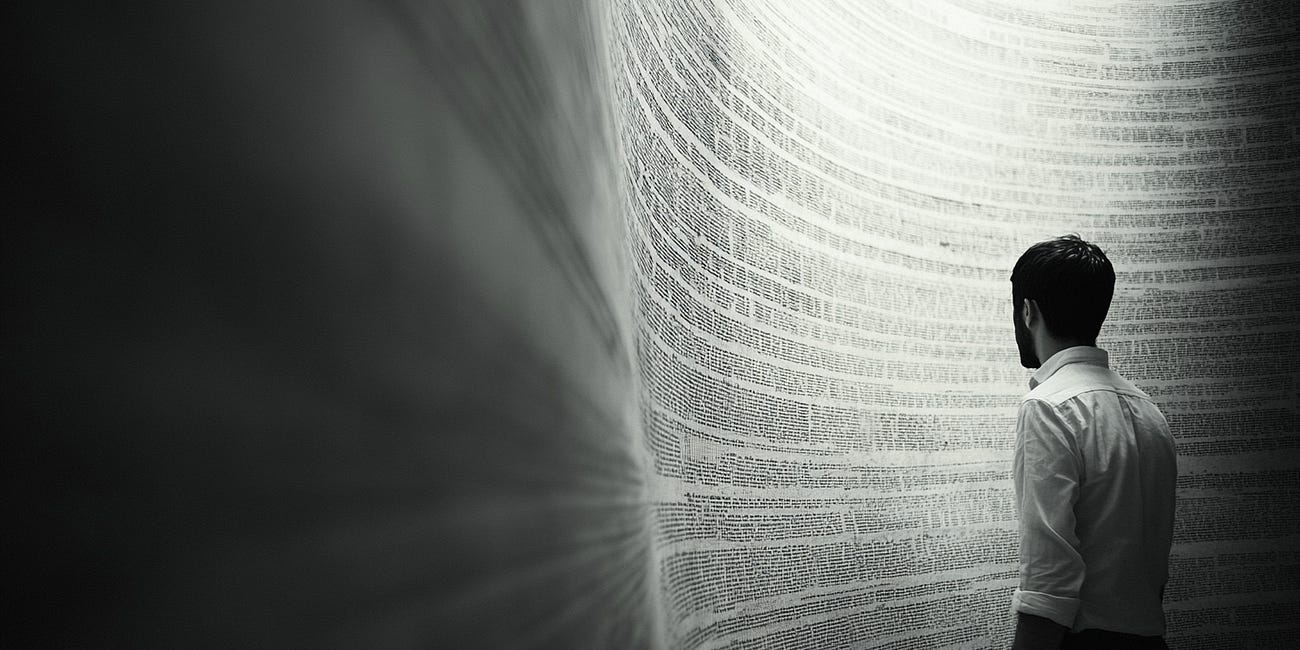The empty chair seems heavier now.
Can the re-embodiment of memories make absence feel less permanent or absolute? In the stark contrast between presence and void, our bodies hold stories of what's gone.
They bear a weight from nothingness itself.
The paradox lies in how physically we experience what isn't there. Research shows our nervous system responds to absence with the same intensity as it does to presence, a phenomenon that challenges our understanding of embodied cognition.
The empty chair at the dinner table carries more mass than when it was occupied. We feel the gravitational pull of spaces once filled by others.
How Bodies Remember What Mind Forgets
Our physical form becomes an archive of absences. The way we hold ourselves, our unconscious movements, the tension in our muscles, all bear witness to what's missing. This isn't mere metaphor.
The body literally reshapes itself around negative space, like water conforming to an invisible container. Studies of grief show how loss manifates in posture, gait, even cellular activity.
When Distance Becomes Irrelevant
There's a curious parallel between quantum physics and human connection. Just as particles remain intrinsically linked regardless of distance, our bodies seem to maintain invisible bonds with those absent.
We physically react to their non-presence heart rates synchronize with phantom rhythms, muscles tense in anticipation of touch that won't come.
The Neuroscience of Negative Space
Brain imaging reveals that processing absence activates the same neural networks as processing presence. When we reach for someone who isn't there, our motor neurons fire as if making contact.
The mind struggles to compute the contradiction between physical memory and current reality. This explains why phantom limb pain feels so viscerally real, the body insists on the presence of what's missing.
How Communities Embody Collective Loss
Groups develop shared physical responses to absence, subtle shifts in how people move together, interact, utilize space. Watch how a community unconsciously preserves the negative space where someone once stood.
These patterns persist long after conscious memory fades, encoded in muscle memory and spatial relations.
The Social Architecture of Empty Spaces
This framework suggests something profound about consciousness itself. Perhaps what we consider "self" exists not in presence but in the dynamic tension between presence and absence. We are shaped as much by what's missing as by what remains.
The question then becomes not whether absence can be felt as strongly as presence, but whether they are truly separate phenomena at all. In the physics of human experience, every presence contains absence, every absence holds presence, and our bodies navigate this paradox with an intelligence beyond conscious thought.
What do you feel in your body as you read these words?
That sensation itself may be an embodied absence seeking recognition.
“And it is not yet enough to have memories. You must be able to forget them when they are many, and you must have the immense patience to wait until they return.
For the memories themselves are not important. Only when they have changed into our very blood, into glance and gesture, and are nameless, no longer to be distinguished from ourselves, only then can it happen that in some very rare hour the first word of a poem arises in their midst and goes forth from them” Rainer Maria Rilke
To become presence, means accepting the risk of absence
There is no better way to defend strange doctrines than to surround them with a web of dark, dubious, and vague words.









Reading this I thought of Van Gogh's empty chair, one representing a self-portrait, the other a study of Gauguin. The absence of the protagonists, the presence of their "props" are so eloquent.
..”particles remain intrinsically linked regardless of distance, our bodies seem to maintain invisible bonds with those absent.”
This describes a mother’s longing even if her child is a healthy and happy adult.
Most of what you’ve written, I know all too well. I’ve always been fascinated with quantum physics, chaos theory, fractals, etc.